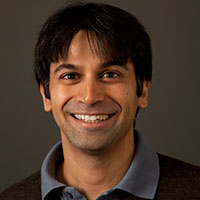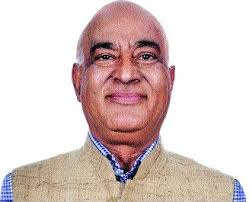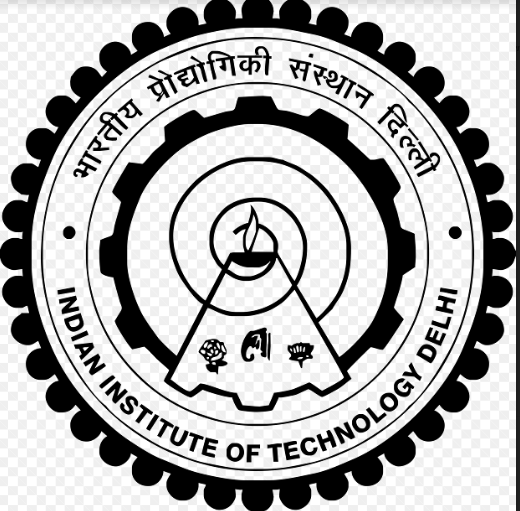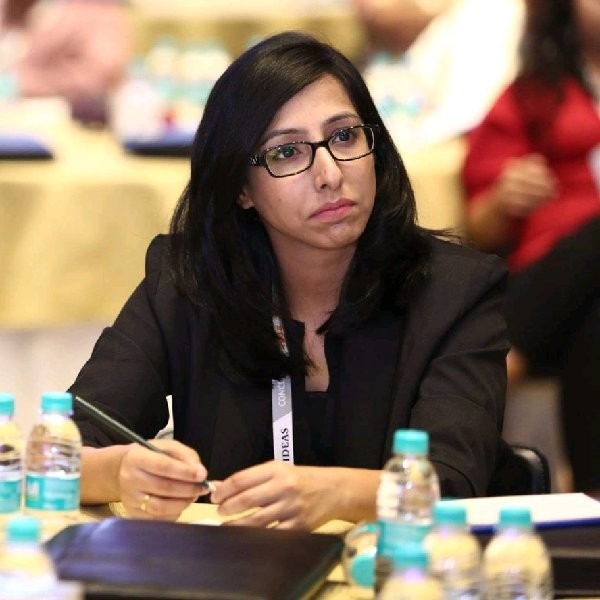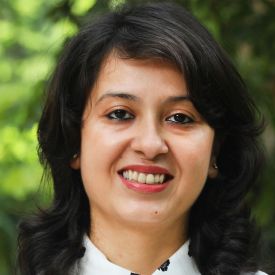Fatal oblivion: India's National Family Benefit Scheme
The National Family Benefit Scheme (NFBS) – which provides financial assistance to families in the event of the death of a breadwinner – has been plagued by low budget allocations, restricted cove...
-
 Jasmin Naur Hafiz
Jasmin Naur Hafiz  03 January, 2022
03 January, 2022
- Perspectives
The implications of India’s spatial development
Mahatma Gandhi once said, “poverty is the worst form of violence”. In this piece, Ejaz Ghani highlights India’s poverty burden, its regional disparities and convergence thereof. He highlights ho...
-
 Ejaz Ghani
Ejaz Ghani  30 September, 2022
30 September, 2022
- Articles
Lost in transition
As part of a special three part series, the Prime Minister’s rural development fellows bring us voices from the field about what development means to women in some of the most remote parts of the co...
-
 Arindam Banerjee
Arindam Banerjee  28 June, 2013
28 June, 2013
- Notes from the Field
Lack of aspirations as a poverty trap
Much of the literature on chronic poverty focuses on external constraints as impediments to escaping the poverty trap. A new strand of research suggests psychological factors such as a lack of aspirat...
-
 Sayantan Ghosal
Sayantan Ghosal  10 June, 2013
10 June, 2013
- Articles
Evaluating the Effects of Targeted Transfers to 'Mahadalits' in Bihar
The aim of this project is to examine how the transfer of assets to ultra-poor households under different Mahadalit inititatives influences their sense of well-being and their notions of identity. The...
-
 Hemanshu Kumar
Hemanshu Kumar  Rohini Somanathan
Rohini Somanathan  01 June, 2013
01 June, 2013
- IGC Research on India
Incorporating Public Good Availability into the Measure of Poverty
This project makes an attempt to incorporate benefits from unpaid public services into consumption decisions to arrive at more accurate measures of poverty and inequality. The project considered thre...
-
 Anders Kjelsrud
Anders Kjelsrud  Rohini Somanathan
Rohini Somanathan  01 May, 2013
01 May, 2013
- IGC Research on India
Boosting shared prosperity in South Asia
Two-thirds of the poor in India and other South Asian countries live in the lagging regions. This column examines whether there are poverty traps that make it difficult to achieve shared prosperity, a...
-
 Ejaz Ghani
Ejaz Ghani  Lakshmi Iyer
Lakshmi Iyer  Saurabh Mishra
Saurabh Mishra  04 March, 2013
04 March, 2013
- Articles
Why is poverty declining so slowly in India?
Despite two decades of fast growth of per capita GDP, India has experienced a very slow decline in poverty. The column suggests that this disconnect between GDP growth and poverty decline can largely ...
-
 Arka Roy Chaudhuri
Arka Roy Chaudhuri  Ashok Kotwal
Ashok Kotwal  25 February, 2013
25 February, 2013
- Articles
Creating entrepreneurs: A big new idea in development
Can the world’s poorest people become entrepreneurs? This column outlines results from an evaluation of the Ultra Poor programme in Bangladesh, a scheme that the NGO behind it claims is a staggering...
-
 Oriana Bandiera
Oriana Bandiera  Robin Burgess
Robin Burgess  Imran Rasul
Imran Rasul  07 January, 2013
07 January, 2013
- Articles
Cash Transfers - through the postal system or the banks?
The central government has announced the conversion of 29 poverty schemes to Direct Cash Transfers. Should this be implemented through banks or the postal system? This article assesses the pros and co...
-
 Ashwini Kulkarni
Ashwini Kulkarni  20 December, 2012
20 December, 2012
- Notes from the Field
Effect of the National Rural Employment Guarantee Scheme on Intra-Household Allocation of Labour
This project focusses on the impact of National Rural Employment Guarantee Scheme (MNREGA) on the labour market through studying its impact on intra-household allocation of labour, particularly betwee...
-
 Abhiroop Mukhopadhyay
Abhiroop Mukhopadhyay  15 December, 2012
15 December, 2012
- IGC Research on India
South Asia's bottom half billion
South Asia has more people in extreme poverty than Sub-Saharan Africa. This column asks why such conditions continue in the second fastest growing region in the world. It argues that growth is extreme...
-
 Ejaz Ghani
Ejaz Ghani  09 November, 2012
09 November, 2012
- Articles
Why some poverty-fighting programmes show no net impact
An increasingly popular way to tackle acute poverty is ‘targeting the ultra-poor’. The scheme provides not only money but also training and support and has been hailed a huge success in its origin...
-
 Jonathan Morduch
Jonathan Morduch  Shamika Ravi
Shamika Ravi  16 October, 2012
16 October, 2012
- Articles
The resurgence of poverty
Policymakers who aim only at lifting people out of poverty miss an essential fact: even as many people move out of poverty, many others fall back into it. This column argues that tackling poverty requ...
-
 Anirudh Krishna
Anirudh Krishna  09 September, 2012
09 September, 2012
- Articles
Twitter feed
Tweets by Ideas4IndiaMost Popular Poverty & Inequality Posts
Wealth inequality, class, and caste in India: 1961-2012
The level of wealth inequality in India is close to that of some highly unequal countries in the world. This article assesses the long-term evolution of wealth inequality in the country for the period...
 Nitin Kumar Bharti
Nitin Kumar Bharti  28 June, 2019
28 June, 2019
- Articles
Covid-19: What can be done immediately to help vulnerable population
With over 80% of India’s workforce employed in the informal sector and one-third working as casual labour, Covid-19's spread and subsequent unplanned lockdowns, have created economic havoc in the li...
 Reetika Khera
Reetika Khera  25 March, 2020
25 March, 2020
- Perspectives
EWS reservation in higher education: Affirmative action or vote bank politics?
The Constitution (103rd Amendment) Act, 2019, provides for 10% reservation for the economically weaker sections (EWS) in higher educational institutions within the general category. In this post, Devi...
 Devika Malhotra Sharma
Devika Malhotra Sharma  11 September, 2019
11 September, 2019
- Perspectives





 13 June, 2022
13 June, 2022